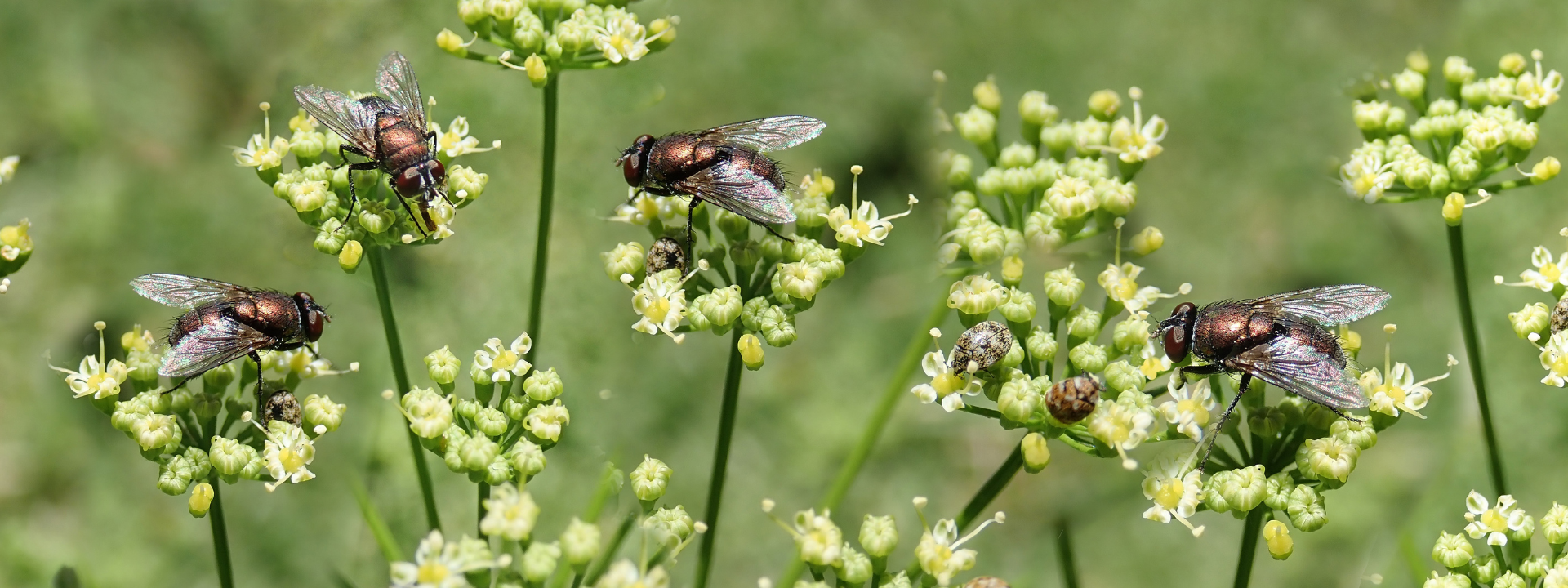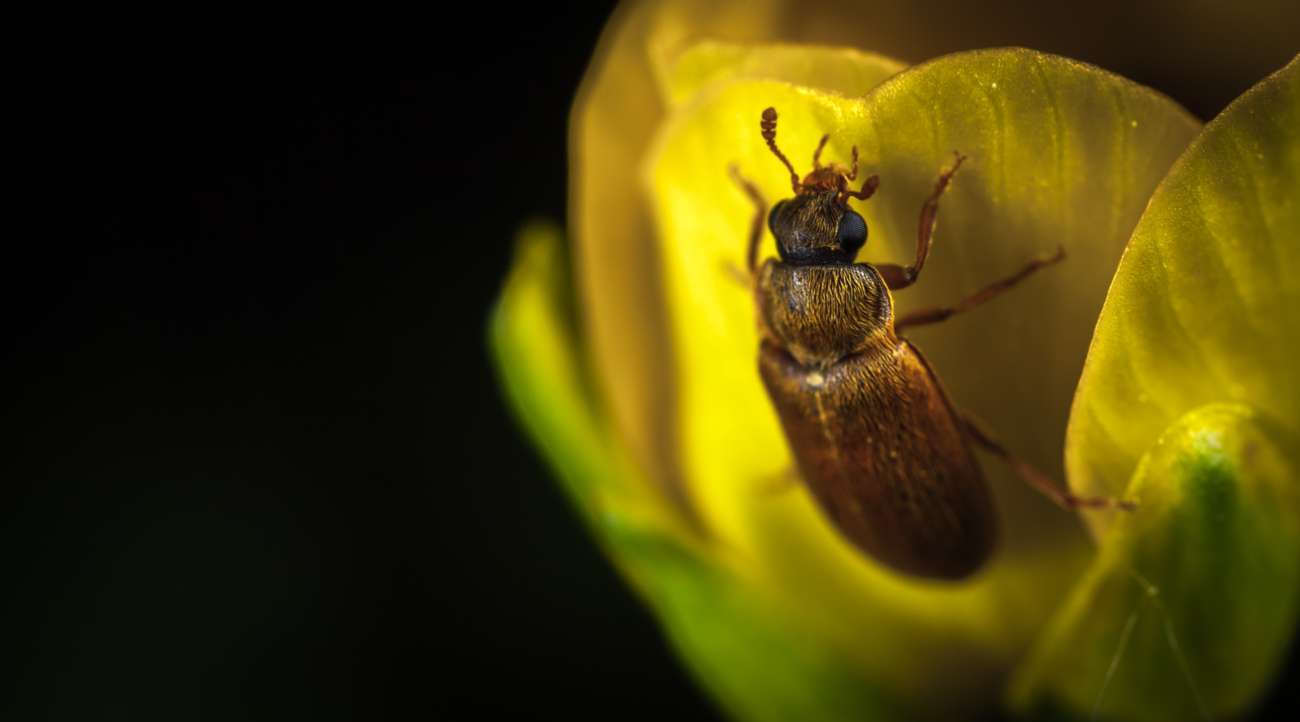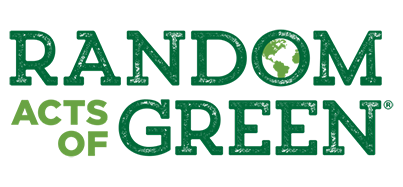Beyond the Bees: Meet Pollinating Insects & Animals That Pollinate
Don’t forget all the other essential pollinators, and learn how to support them!
We’ve all seen the bee movie, and we know how important it is for bees to thrive in our ecosystems, but there are so many other contributors to pollination that tend to get overlooked. Many of these diverse pollinators are seen as pesky or problematic, but it’s important to remember that every part of the ecosystem has a role to play in keeping the environment thriving. Without pollinators, the entire human race and all of earth’s ecosystems would die, so keeping them in mind is beneficial for everyone!
Here we will go over the various different important insect pollinators, and animals that pollinate and talk about things each of us can do to make sure they are surviving and keeping our plants alive.
Do Flies Pollinate? Yes!
Some may question why you would want to attract flies to your backyard or garden, but flies are great pollinators because they have hairy bodies, and can easily transport pollen between flowers. Hoverflies are an important type of pollinator fly, because they are able to hover mid-air in one spot for long periods of time due to their strong wings. Not only are they important for pollinating, but they also are good pest controllers, as their larvae feed on destructive insects like aphids.
Aphids (the pest) tend to live on flower and radish crops, so if you have these planted in your garden, don’t shoo away the hoverflies that may come to help save the day.
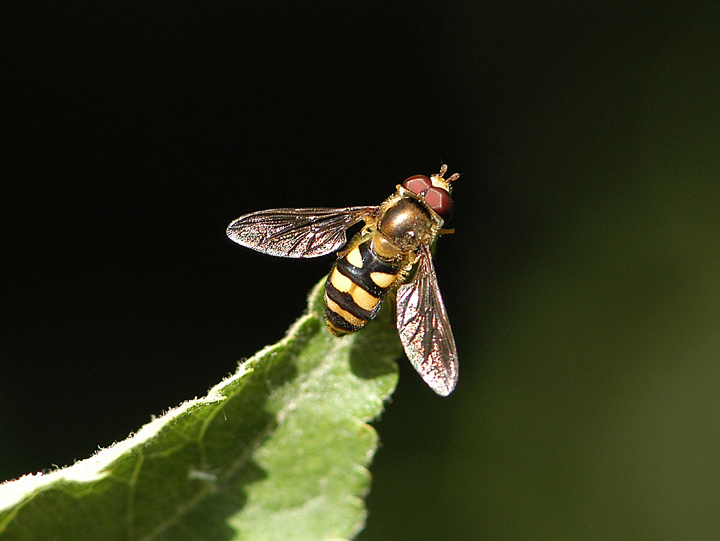
Animals That Pollinate: Bats
Although primarily important in the US and Mexico, bats play a huge role in pollinating over 500 plant species. These nocturnal creatures also happen to specialize on similarly nocturnal plants and flowers that have a pale color, are highly fragrant, and open up at night.
As many of you know, bats also feed on mosquitoes in the night sky using their expert echolocation techniques. If you want to help the bats, you can cultivate a native plant garden, and let the weeds grow long. You can also turn off unnecessary lights and avoid using pesticides in your yard to help feed bats.
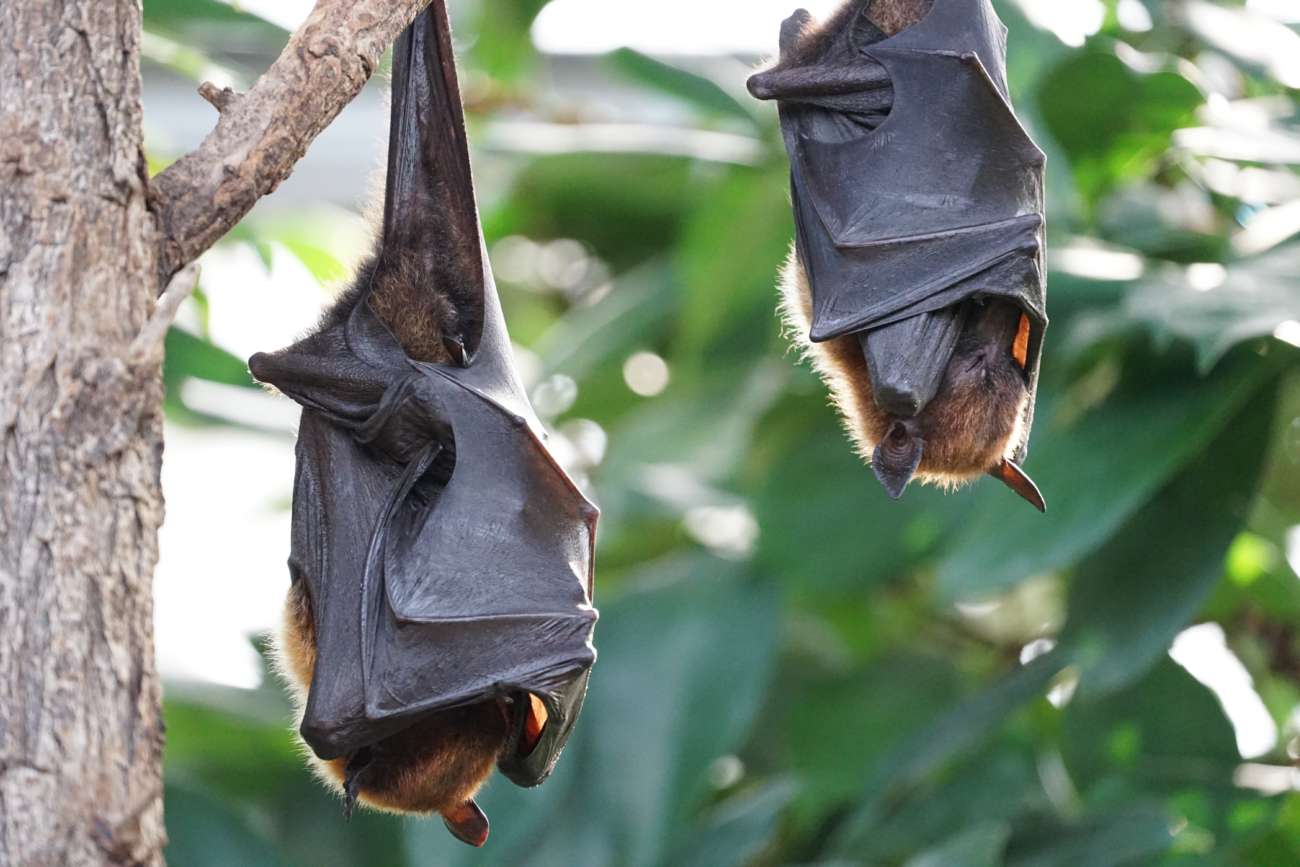
Pollinating Insects: Beetles
Beetles are actually one of the oldest pollinators known to the planet, even though they may not have been your first guess. However, 40% of all insects on the planet are beetles, so it shouldn’t be surprising that they have a large influence on the pollination that gets done. Their pollination is done through the work of eating flower petals and defecating on them. This has caused some beetles to have a bad rep (who wants their flower petals eaten?) but they do a lot of work pollinating flowers like magnolias, paw paws, and yellow pond lilies.
60% of beetle species are in population decline, largely due to deforestation, habitat fragmentation, and pesticide use. Like the bats, beetles love native plants and will thrive with less pesticide use in your yard.

Author
Abby Maxwell
Join Our Email Community
Gain exclusive access to green trends, tips, and tricks when you sign up for our free newsletter. Enter your email to join our community of changemakers!
Butterflies & Moths
Butterflies and moths are actually one of the few pollinators that complete the job unintentionally. They do not have any special features designed for pollen, and do not actively seek it out. However, their role in pollination is not one to be forgotten. As they feed on nectar, they will unintentionally pick up pollen on their legs and bodies and transfer it from flower to flower. Some plants rely on butterflies and moths exclusively to reproduce, and this gets done because they are able to visit such large masses of flowers compared to other insects.
Any garden will attract moths and butterflies, but different species need different types of plants to lay their eggs on. Some of the best plants for them to lay their eggs on include milkweed, carrots, pussywillow, sunflowers, cabbage, and broccoli. Some flowers that are bound to attract butterflies and moths to your garden are daisies, butterfly bush, cosmos, zinnias, and coneflower.
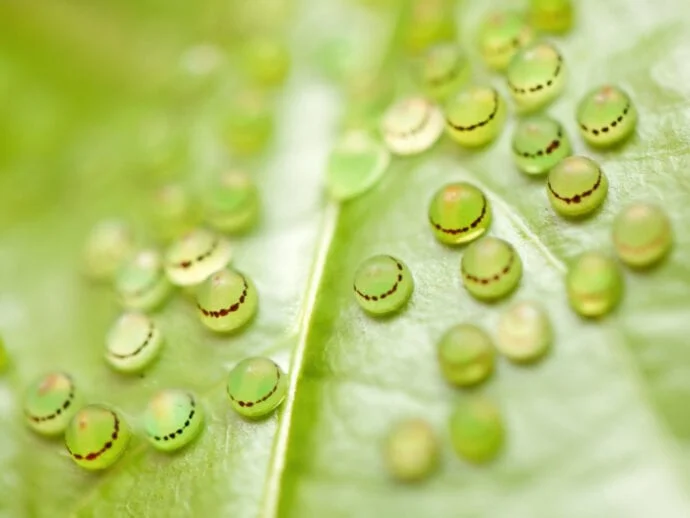
Here is a quick guide to help you attract more pollinators to your green spaces.
At the end of the day, all kinds of critters can help make the ecosystem thrive, but knowing the most prominent ones in your area can help you plan to build a yard or garden that can help them flourish. Regardless of where you are or which species are near you, stay away from pesticides, as they harm not only the nearby animals but also the surrounding environment, including the soil, bodies of water, and wells.
We love our pollinators!
More Blog Posts:
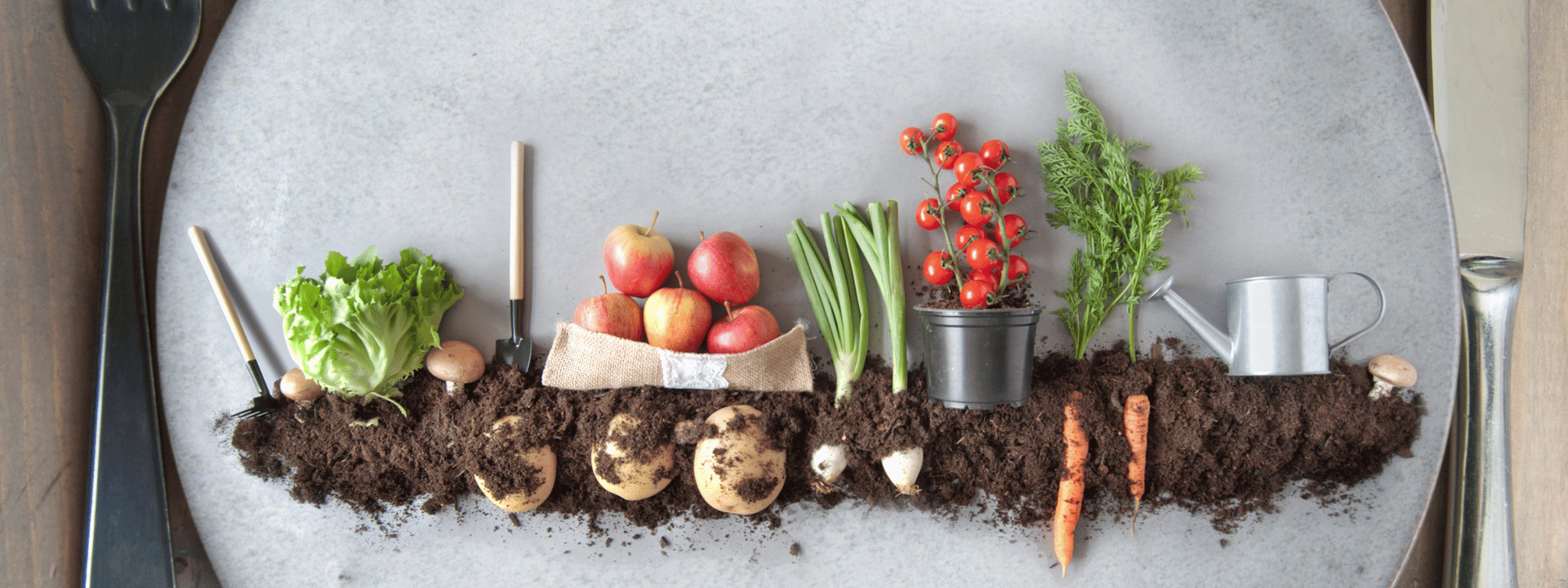
The Guide to Veganuary!
Whether you are going full vegan or starting to eat less meat, our guide to veganuary will help you go plant-based in 2023.
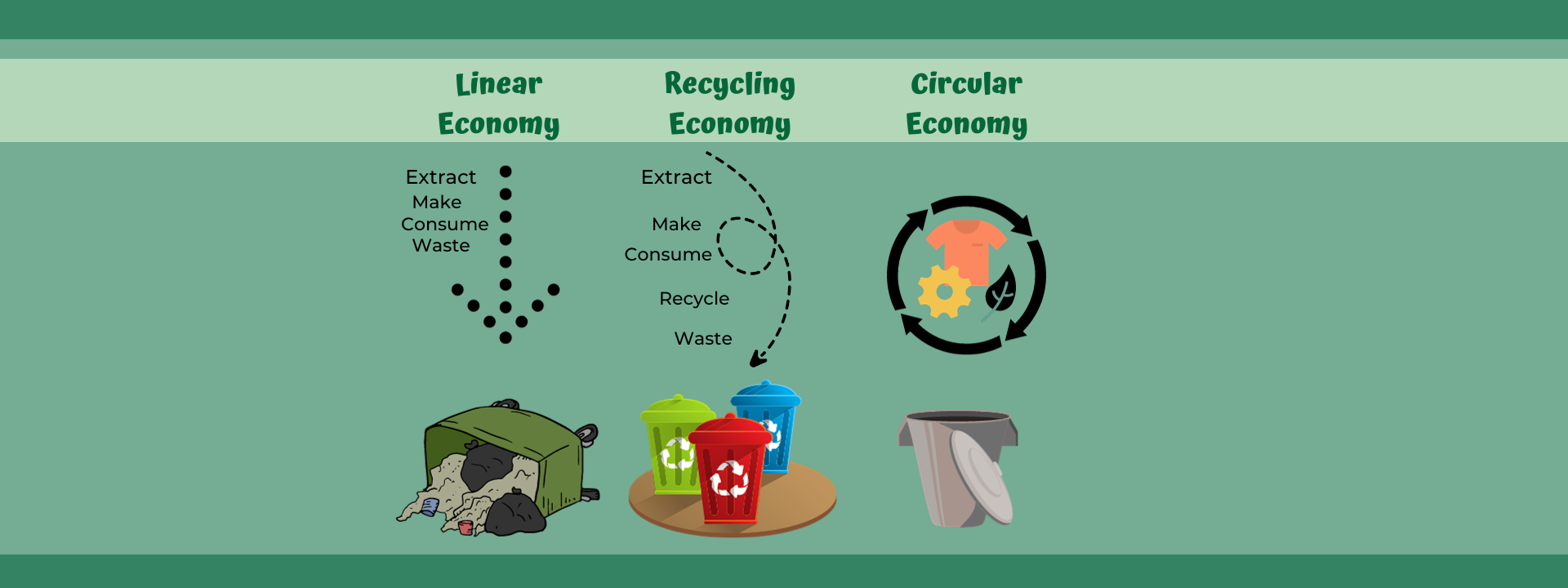
5 Circular Economy Companies in Canada To Celebrate Waste Reduction Week
Say hello to 6 Circular Economy Companies in Canada this October as we Celebrate innovators during Waste Reduction Week.

